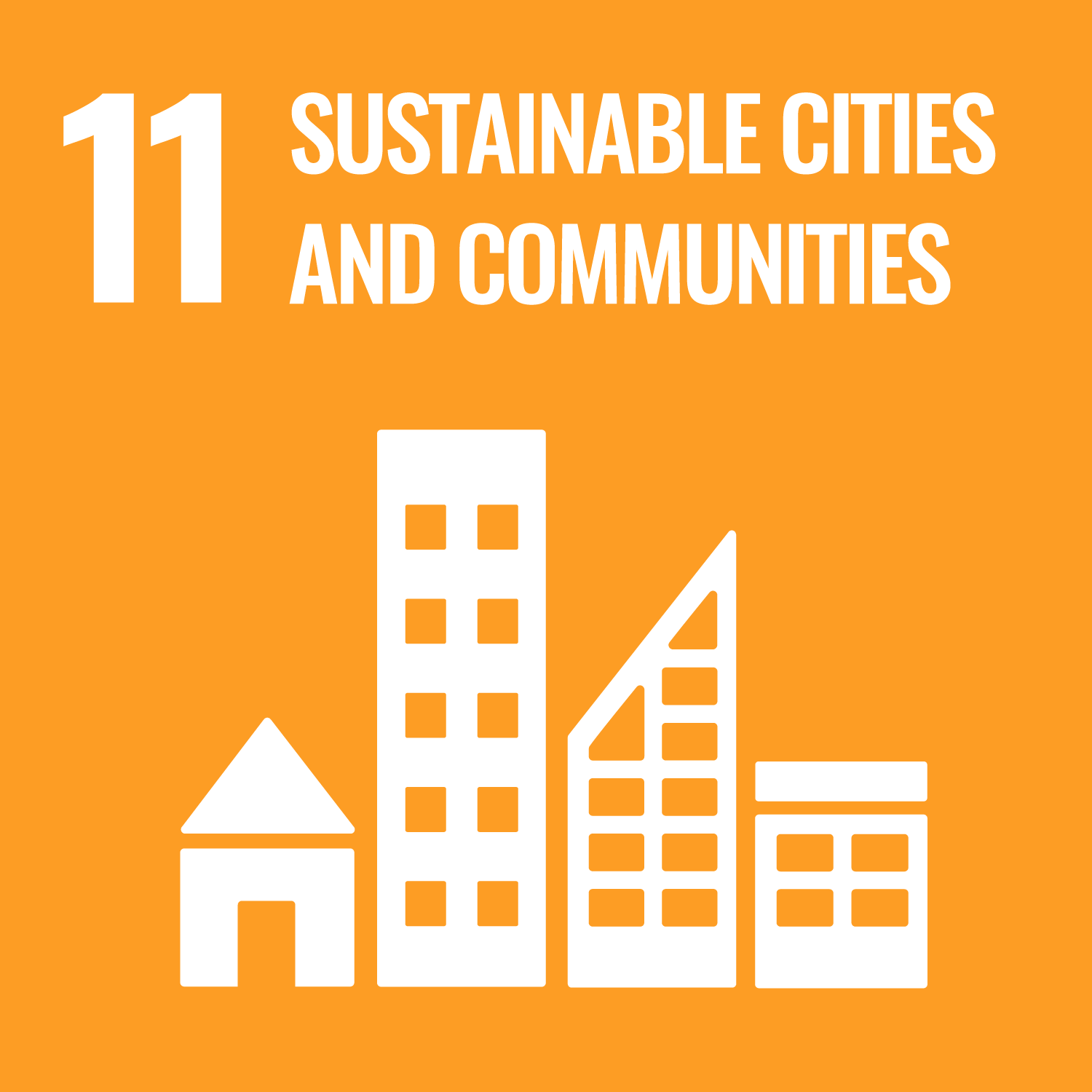Recent Trends on Information Systems
This class presents recent research topics in the field of information systems. The research field includes: software engineering,
constraint programming, image processing, network engineering, and social networking.
Seven (7) professors in Department of Electronic Information Systems will serve the classes about recent trends in their research fields. Classes of each professor basically consist of a lecture and an exercise (two weeks). Follow the professors' instruction about their assignments, reports, and discussion.
Seven (7) professors in Department of Electronic Information Systems will serve the classes about recent trends in their research fields. Classes of each professor basically consist of a lecture and an exercise (two weeks). Follow the professors' instruction about their assignments, reports, and discussion.
This class is an English course to study the recent topics in the field of information systems and network systems.
- Understand recent research topics in the field of information systems.
- Acquire fundamental knowledge to understand recent research topics in the field of information systems.
- Write appropriate reports according to professors' instruction.
| Class schedule | HW assignments (Including preparation and review of the class.) | Amount of Time Required | |
|---|---|---|---|
| 1. | Guidance and Introduction for this course. Wireless multi-hop networks are the key technology for realizing flexible and fault tolerant communications. This class studies the communication models of wireless multi-hop networks and their communication mechanisms. (Prof. Yamazaki) |
Study wireless multi-hop networks. | 200minutes |
| 2. | Reporting on software technology to Japanese linguistics. (Prof. Yamazaki) |
Prepare your reports or homework according to the professor's instruction. | 200minutes |
| 3. | Model-Driven Development (MDD), which uses models to describe various software aspects, has a crucial role in software development.
This class discusses the basic concepts and applications of MDD. (Prof. Hisazumi) |
Review the trends of model-driven development. | 200minutes |
| 4. | Reporting on model-driven development. (Prof. Hisazumi) |
Prepare your reports or homework according to the professor's instruction. | 200minutes |
| 5. | Peer-to-peer (P2P) communication is one of the promising technologies to deliver a large size of data to many users. In this
class we study P2P communication mechanisms and also discuss the traffic distribution. (Prof. Miyoshi) |
Study P2P communication mechanisms. | 200minutes |
| 6. | Reporting on P2P communication technology. (Prof. Miyoshi) |
Prepare your reports or homework according to the professor's instruction. | 200minutes |
| 7. | Constraint programming is a programming paradigm where we do not have to describe how to solve problems unlike in procedural
programming. This lesson will discuss techniques which realize constraint programming. (Prof. Suzuki) |
A brief survey of procedural programming. | 200minutes |
| 8. | Reporting on constraint programming. (Prof. Suzuki) |
Prepare your reports or homework according to the professor's instruction. | 200minutes |
| 9. | “Moving things and operating machines just by thinking in my head...” Such ridiculous supernatural powers were once thought
to be fiction. However, with the development of science and technology, they have become a reality. This class will explain
how it works. (Prof. Hosaka) |
Review recent study on brain-machine interface. | 200minutes |
| 10. | Reporting on brain-machine interface. (Prof. Hosaka) |
Prepare your reports or homework according to the professor's instruction. | 200minutes |
| 11. | Social simulation is a promising method to design and analyze a complex social system in the era of big data and AI. This
class introduces the foundations of social simulation. (Prof. Goto) |
Review modern social issue and simulation. | 200minutes |
| 12. | Reporting on social simulation. (Prof. Goto) |
Prepare your reports or homework according to the professor's instruction. | 200minutes |
| 13. | Synthetic population is population data synthesized from the census statistics required to implement real-scale social simulations
targeted at a specific community or society. This class discusses the synthetic population. (Prof. Harada) |
Review synthetic population and social simulation. | 200minutes |
| 14. | Reporting on synthetic population and social simulation. (Prof. Harada) |
Prepare your reports or homework according to the professor's instruction. | 200minutes |
| Total. | - | - | 2800minutes |
| Reports | Total. | |
|---|---|---|
| 1. | 30% | 30% |
| 2. | 30% | 30% |
| 3. | 40% | 40% |
| Total. | 100% | - |
Each professor will evaluate by her/his assignment, report, participation, and discussion. The final score will be obtained
by the average of all the professors.
Students will pass when the final score is not less than 60.
Students will pass when the final score is not less than 60.
| ways of feedback | specific contents about "Other" |
|---|---|
| Feedback in the class | Some additional feedback may be shown on the Scombz. |
- By appointment
- Office hours are below, but your appointments are required.
Prof.Miyoshi (Person in charge of this course): Thursday 2nd period
- Course that cultivates an ability for utilizing knowledge
- Course that cultivates a basic problem-solving skills
| Work experience | Work experience and relevance to the course content if applicable |
|---|---|
| Applicable | Some professors will provide the teaching contents according to their working experience. |



- 4.QUALITY EDUCATION
- 9.INDUSTRY, INNOVATION AND INFRASTRUCTURE
- 11.SUSTAINABLE CITIES AND COMMUNITIES
Last modified : Sat Sep 09 08:19:40 JST 2023

